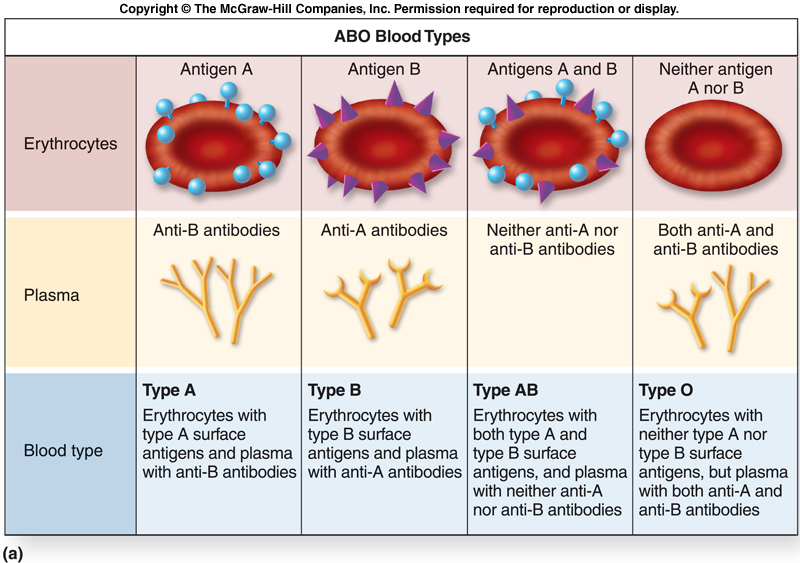

Health Implications Associated With Blood Types* BLOOD TYPE Here is a quick look at the pros and cons of our own hemoglobin, according to Western medicine and ketsueki-gata. Though you’re not likely to ever study the blood-related personality types in a health science degree program, it is fun to decide for yourself whether ketsueki-gata principles apply to you. The connection to immunology has had health education researchers making a correlation between personal health patterns and blood types for centuries.

Antigens are found on the surface of the red blood cells and help dictate how effectively our immune system works. While there is no scientific proof tying blood types to personality types, Furukawa’s claims have been embraced in Japanese culture-much like astrology has been accepted in the U.S.*įrom a Western health science perspective, the four primary blood types are differentiated from each other based on their antigens.

But since the 1930s, ketsueki-gata has become a popular means of analyzing a person’s personality based on their blood type, thanks to Japanese professor Tokeji Furukawa. It’s a term that may once have only been familiar to phlebotomists and vampires. What Your Blood Type Says About You: A Fun, Educational Look at Your Health and Personality In honor of National Blood Donor Month, enjoy a bit of science and a drop of entertainment as we explore the implications of blood type.
What Your Blood Type Says About You: A Fun, Educational Look at Your Health and Personality. In such a case it is as simple as interpreting the information on the chart. This is especially true when the blood group of each supposed parent is known. When using a blood type chart in a bid to establish parentage, no tests need to be done. An actual scientific test on the DNA profiles has to be done. There is also the obvious difference that the DNA test is actually a test that is carried out. In the absence of this information, the chart becomes obsolete. Unless there was a mistake in the testing process, the result is conclusive evidence of either parentage or non- parentage.Īnother difference between determining paternity by DNA and determining paternity by blood type chart is the fact that for the blood type chart to be used, information on the blood groups of either one or both of the supposed parents must be available. The DNA result is on the other hand very reliable. It can only be used to disprove parentage and not to prove that an individual is the father of the child. Perhaps the greatest difference between these two paternity tests is that the blood type chart cannot be used as conclusive proof of fatherhood. A blood type chart provides information on the expected blood types of children from that of their parents. For example, parents with an O blood group can only have children with an O blood group too (either O negative or O positive). Blood types are also inherited from parents and this is the principle under which a blood type chart works. Simply put, it is a chart that gives details of the expected blood group of a child’s blood, in relation to the blood type of his or her parents. On the other hand, determining paternity by blood type chart is not really a test per se, it is more theoretical than practical in its approach to establishing parentage. If the alleged father is not the real father, there will not be enough shared genetic material. This is because DNA is the material that is inherited by children from their parents. In the event that the man is the biological father of the child, the test will usually give a 99.9% probability. The two samples are compared to see if the alleged father and child share the same genetic markers. The samples must then be sent to the lab for testing – obviously both the father and the child need to provide samples. When determining paternity by DNA, samples of the child’s DNA are taken, in order to derive a profile usually samples are collected using oral swabs. A man can opt for any one of these two tests although the most accurate results can only be provided with a DNA test. The most common of these is the DNA test or a more out-dated, almost totally disused way, is by using a blood type chart or blood- typing, as it is commonly referred to. There are a number of ways through which doubts about a child’s parentage can be settled.







 0 kommentar(er)
0 kommentar(er)
